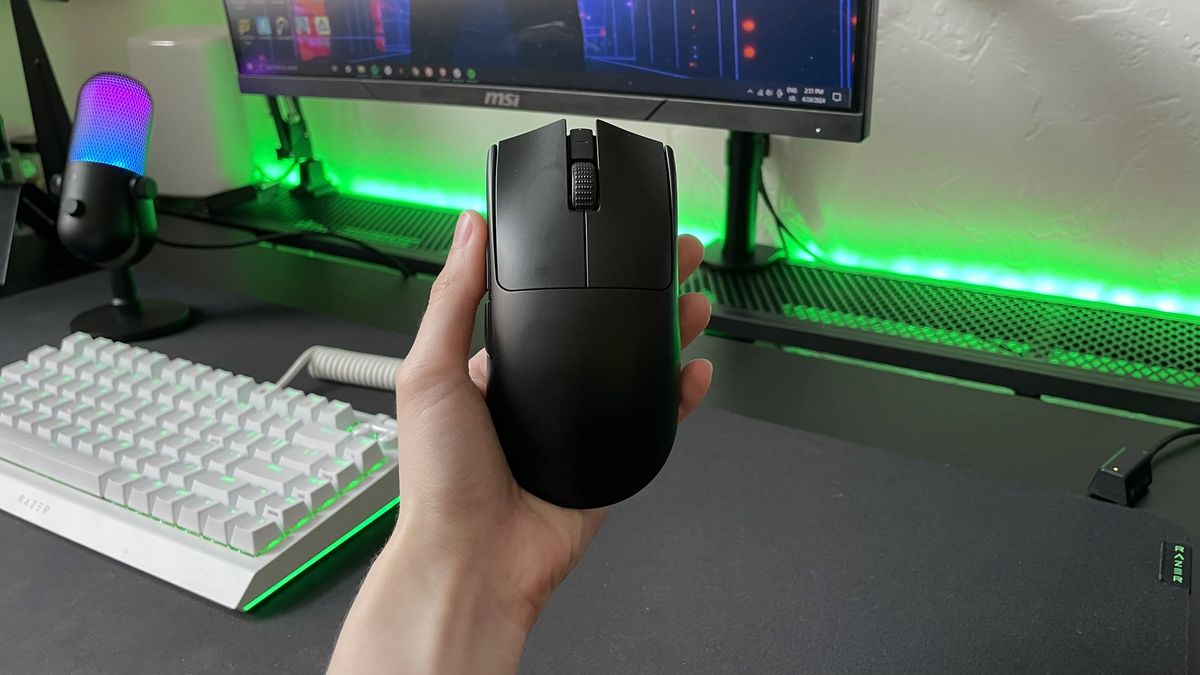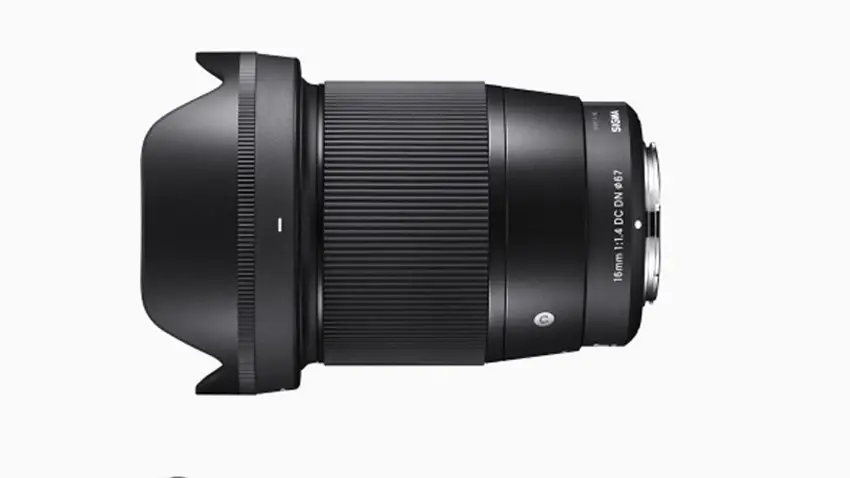
Whether you’re a frequent business traveler or just want to get work done at a coffee shop, you probably carry around a lot of tech wherever you go. If you’re like me, usually that means stuffing a chunky mechanical keyboard and a wireless mouse into a backpack. Logitech offers a more elegant solution in the Casa, a $179.99 keyboard-and-touchpad combination that comes in a pop-up desk designed to be easily tossed into a bag next to your laptop. It’s a flexible and feature-filled package that makes working on the go a lot simpler than schlepping around a loose keyboard and mouse, even if I personally am willing to deal with the awkward bulk that comes with keeping mechanical key switches under my fingertips.Design: Everything in One PlaceAll packed up, the Casa (available in teal and cyan, gray and purple, or light pink and dark pink) looks very much like a big notebook. It’s a 9.1-by-11.4-by-1.2-inch slab with rounded corners, a fabric cover, and a wide rubber strap that wraps around the book like the elastic on a Moleskine. At 1.5 pounds, it’s definitely chunkier than a paper notebook, but significantly lighter than most laptops you would use it with. For contrast, my Lenovo Yoga 6 travel laptop weighs 2.91 pounds, and a 13-inch Apple MacBook Air weighs 2.7 pounds.
Since 1982, PCMag has tested and rated thousands of products to help you make better buying decisions. See how we test.
(Credit: Will Greenwald)
Pull the rubber band off of the Casa’s book case and flip it open to reveal a textured panel on the inside of the cover and three recesses inside the book itself. The panel folds forward to rest against a notch on the opposite edge of the book to provide an elevated laptop stand that can support laptops up to 17 inches and 16.5 pounds.Two of the three recesses are uncovered and hold the keyboard and touchpad. Those components sit nearly flush inside the book when not in use, but can be removed by simply pressing down on their lower edges to tilt them up and make them easy to pull out. The third recess is covered by a small door and holds the included USB-C-to-USB-C cable.
The book lacks any built-in electronics or connectivity functions besides simply storing the keyboard, touchpad, and cable, and holding the laptop up. It’s just a convenient case for keeping everything together.Since only one cable is included, you have to charge each component separately, unless you get a second cable or already have one lying around. The Logitech Casa also does not come with a wall adapter. These are hardly problems, though, since Logitech says the keyboard can last up to five months on a charge, and the touchpad up to three weeks, and either can be charged just by plugging it into the laptop you’re using it with.
(Credit: Will Greenwald)
The Casa Keys keyboard measures 4.4 by 11 by 0.7 inches and weighs 13.2 ounces. It’s a little bit larger than the Apple Magic Keyboard and shares a similar 60% key layout. The function-key row is narrow, and each key has a double function like Bluetooth connectivity, media playback, volume control, and even dictation. The top edge of the keyboard holds a power switch and a USB-C port for charging.
(Credit: Will Greenwald)
The Casa Touch touchpad measures 3.9 by 4.5 by 0.6 inches and weighs 5.6 ounces, making it slightly smaller and lighter than the Apple Magic Trackpad. A narrow frame surrounds the touch surface rather than extending from edge to edge, and the surface itself physically clicks inward. Like the keyboard, the touchpad has a power switch and a USB-C port on the top edge.Connecting the Casa: Three Ways to GoBoth the Casa Keys and Casa Touch can be paired with up to three devices, and switching among them is simple and consistent. On the keyboard, the F1, F2, and F3 keys double as connection buttons for your three devices. Tapping one of them connects the keyboard to that key’s associated device, and holding one down puts the keyboard into pairing mode for that key. Since the touchpad doesn’t have any keys, a button on the underside switches between its own three device slots, and holding the button down turns on pairing mode for the active slot.
(Credit: Logitech)
Logitech’s Logi Options+ app for macOS and Windows lets you customize how the keyboard and touchpad behave. You can assign different functions to the F3 through F12 keys and Insert key, including keystroke combinations, app functions, and fairly complicated macros called Smart Actions. These keys can be set for individual applications, and the app provides a selection of Smart Action templates for setting up shortcuts for activities like opening up your Google Suite workflow or using ChatGPT-based translation.Logi Options+ also enables Flow, a feature that lets the Casa Keys and Casa Touch work with two connected devices simultaneously. With Flow you can move the mouse cursor between the screens of two devices by swiping the touchpad to the edge of one, just as if it was one computer with multiple monitors. Flow also lets the two systems share copy/paste buffers, so you can move text, images, and even files with Ctrl+C and Ctrl+V.
(Credit: Logitech)
I connected the Casa to my Lenovo Yoga travel laptop, my Legion Go gaming handheld, and a MacBook Air. The two Windows systems automatically detected both the keyboard and the touchpad when I put them into pairing mode and asked if I wanted to pair them. I had to manually pair the components with the MacBook, but that was a minor step. Both the keyboard and the touchpad automatically connected to each paired device when I told them to.Using the Logitech Casa in the WildThis is a portable desk, but it isn’t a lap desk. The keyboard and touchpad must be removed to be used while the laptop stand is up, since the stand covers the compartments where those parts are kept. It’s also too small to be any more stable in your lap than a standard laptop is. It’s very clearly a deployable workspace designed to be used with the keyboard and touchpad removed and placed in front of the book, which then holds your laptop up higher than it would otherwise be.The laptop stand works quite well. It holds both my Yoga and MacBook Air steady, with no slipping or wobbliness. It provides only a single angle of about 40 degrees, but this isn’t much of a limitation since you can always tilt your laptop screen (or set it down flat for a lower angle), and you can move the keyboard and touchpad wherever you want.
(Credit: Will Greenwald)
I’m not a touchpad fan, and I prefer full-size mechanical keyboards to flatter portable ones, so I hate using both the Apple Magic Keyboard and Magic Trackpad. Even so, I don’t mind using the Casa Keys and Casa Touch at all. The keyboard feels slightly higher and more angled then Apple’s, and the keys are very slightly contoured rather than flat. All of these factors make typing on the keyboard more comfortable, even if it’s still not as satisfying as the longer travel distance of a desktop keyboard with mechanical key switches. I had no problem typing this review on the Casa Keys, and I noticed no dropped or transposed keystrokes.Even if I’ll still reach for a mouse if I have the space for it, the Casa Touch also worked very well in my tests. Clicking and swiping are both reliable, and using two fingers to scroll is also consistent.The Flow feature works fairly well, but it’s not as quick or as useful as using any keyboard and touchpad on a single device with two screens. It took a few tries to get both of my PCs’ Logi Options+ apps to detect each other, and I occasionally experienced some hiccups when switching back to using just one device or the other. With Flow set up, my mouse cursor indeed jumped from one screen to the other when I swiped at the appropriate edge, and I could copy and paste anything between the two systems.The screen input switching took a second each time instead of smoothly transitioning like on a standard multiple-monitor setup, though. Also, the keyboard doesn’t transition when you switch screens on the touchpad, so you either have to manually connect to your active device each time you jump between them, or use two separate keyboards. Flow is still helpful in many situations, but it’s not a catch-all solution to working on two separate computers at once. Verdict: A Convenient Travel PackageThe Logitech Casa isn’t our first choice of input device for working on the go, but it’s one of the most convenient. A capable wireless keyboard/touchpad set in a single folder-like package is far easier to fit into a bag than a loose mechanical keyboard and wireless mouse, and it makes the difference between carrying a small shoulder bag or a loaded backpack. If you want to pack light and still be able to set up a pretty flexible workstation away from your usual desk, the Casa’s a compelling kit. If you don’t mind some extra bulk, though, you can pick and choose your favorite wireless keyboard and mouse combination instead. I personally like the 8Bitdo Retro Keyboard paired with a Logitech MX Master 3S for just a bit more total than the Casa’s price. It’s definitely a bulkier package, but worth the weight if you need your mechanical key switches whenever you can get them.
Logitech Casa Pop-Up Desk
Pros
Convenient design
Extensively programmable hotkeys
Easily switches among three paired devices
Touchpad can work with two devices simultaneously
View
More
The Bottom Line
The Logitech Casa Pop-Up Desk is an elegant way to carry around a keyboard, touchpad, and stand with your laptop in a single flat package.
Like What You’re Reading?
Sign up for Lab Report to get the latest reviews and top product advice delivered right to your inbox.
This newsletter may contain advertising, deals, or affiliate links. Subscribing to a newsletter indicates your consent to our Terms of Use and Privacy Policy. You may unsubscribe from the newsletters at any time.






